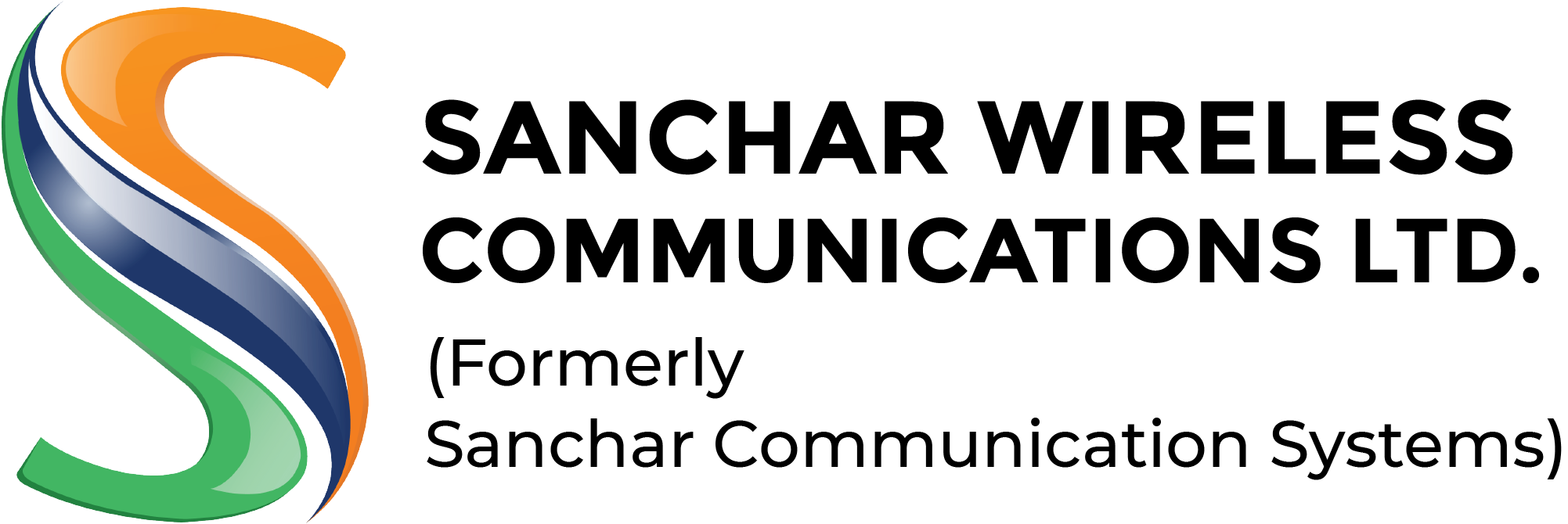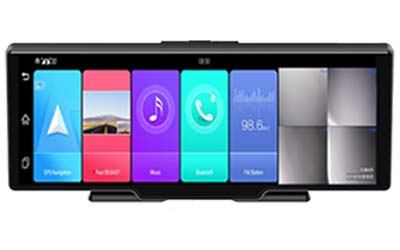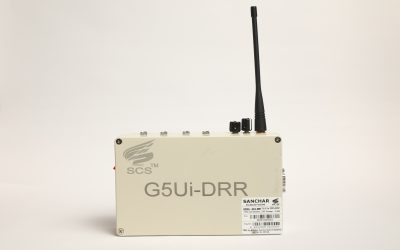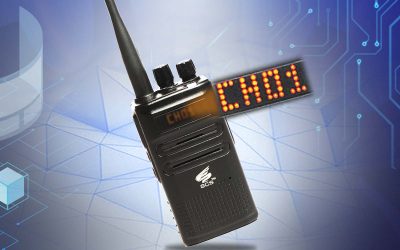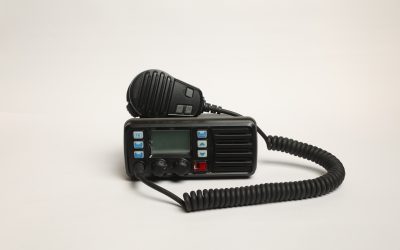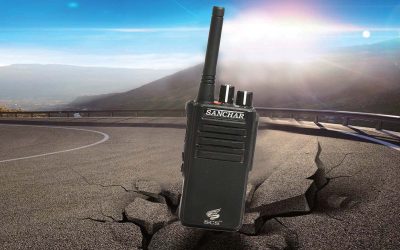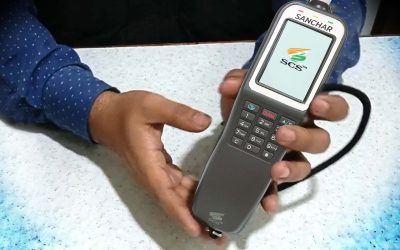Enhancing Road Safety: The Role of Dash Cameras in Accident Prevention
Road safety is a top priority for drivers and...
Breaking Barriers: Advancements in Digital Relay Radio Technology
In the realm of wireless communication,...
Enhancing Range and Clarity: The Benefits of UHV VHF Digital Radios
When it comes to effective communication, range...
From Ship to Shore: Exploring the Versatility of Marine Base Radios
Marine base radios play a critical role in...
Capturing Every Moment: The Power of Dash Cameras
Dash cameras have become increasingly popular...
Enhancing Radio Broadcasting with LED Display License-Free Technology
Enhancing radio broadcasting with LED display...
Navigating The Waves: How Marine VHF Radio Ensures Safety and Communication
When it comes to maritime communication and...
The PTToC Technology Has Surpassed Legacy Radios in the Realm of Mission Critical Communications
As of my last update in September 2021, PTToC (Push-to-Talk over Cellular) technology had already been gaining popularity and showing significant potential in the realm of mission-critical communications. PTToC leverages cellular networks and mobile devices to provide instant voice communication similar to traditional two-way radios but with additional benefits and capabilities.
Some advantages of PTToC over legacy radios include:
Broader Coverage: PTToC devices operate on cellular networks, providing wider coverage areas, especially in urban environments and remote locations where traditional radio signals might be limited.
Lower Costs: PTToC solutions often require less infrastructure investment since they use existing cellular networks. This can lead to cost savings for organizations.
Interoperability: Traditional two-way radios are often specific to a certain frequency or technology, making it difficult for different agencies or organizations to communicate seamlessly. PTToC can bridge the gap and enable cross-platform communication.
Enhanced Features: PTToC devices can offer additional features beyond voice communication, such as multimedia messaging, real-time location tracking, and integration with other data applications.
Scalability: As cellular networks continue to advance, PTToC solutions can benefit from the ongoing improvements and enhancements in mobile technology.
User Familiarity: Many people are already familiar with using smartphones and mobile devices, so the learning curve for using PTToC technology might be lower compared to learning how to operate traditional radios.
However, it is important to note that the adoption and use of PTToC technology in mission-critical communications depend on various factors, including the reliability and security of cellular networks, the specific needs of the organizations, and regulatory requirements. Mission-critical systems demand extremely high levels of reliability, security, and resilience, so any new technology must meet rigorous standards to ensure it can perform under critical conditions.
Since my information is up to September 2021, I recommend conducting further research to understand the current state of PTToC technology and its potential advancements beyond that date.
From Analog to Digital Exploring The Benefits
In the world of communication, analog walkie talkies have long been a staple for various industries. However, with advancements in technology, digital walkie talkies have emerged as a superior alternative. In this blog post, we will delve into the benefits of digital walkie talkies and why they are becoming the go-to choice for businesses and organizations.
1. Improved Clarity and Range: Digital walkie talkies leverage digital technology to provide superior audio clarity compared to their analog counterparts. By converting voice signals into digital format, these devices minimize background noise and deliver crystal-clear communication. Additionally, digital walkie talkies offer an extended communication range, ensuring that users can stay connected even in challenging environments or over long distances.
2. Enhanced Privacy and Security: Privacy and security are crucial considerations in many industries. Digital walkie talkies provide built-in encryption features that protect communication channels from unauthorized access. This ensures that sensitive information remains secure and confidential. Unlike analog walkie talkies, which are susceptible to eavesdropping, digital devices offer a higher level of privacy, making them ideal for businesses that handle sensitive data or confidential discussions.
3. Advanced Features and Functionality: Digital walkie talkies come equipped with a range of advanced features that enhance communication efficiency. These devices often include LCD displays, allowing users to view important information such as battery status, signal strength, and caller ID. Some models even support text messaging capabilities, enabling quick and discreet communication between team members. Additionally, digital walkie talkies can be integrated with other communication systems, such as smartphones or computer networks, further expanding their functionality and versatility.
4. Scalability and Flexibility: Digital walkie talkies operate on designated frequency protocols (TDMA and FDMA) that are more spectrum efficient. This allows businesses to easily scale their communication systems without the hassle and cost associated with obtaining licenses. Whether it’s a small team or a large organization, they provide flexibility in expanding the communication network as needed. This scalability makes them an attractive option for industries that require rapid deployment or frequent reconfiguration of communication setups.
5. Cost-Effective Solution: Digital walkie talkies offer a cost-effective communication solution for businesses. By eliminating the need for individual licenses, these devices significantly reduce upfront costs. Moreover, digital walkie talkies are built to be durable, reducing maintenance and replacement expenses in the long run. The enhanced functionality and efficiency provided by license-free digital walkie talkies also contribute to cost savings by streamlining communication processes and minimizing downtime.
Conclusion
As technology evolves, the benefits of digital walkie talkies become increasingly evident. From improved clarity and range to advanced features and scalability, these devices offer a more efficient and cost-effective communication solution for businesses across various industries. By making the transition from analog to digital, organizations can enhance their communication capabilities and stay ahead in today’s fast-paced world.
Taking Control: How Breath Alcohol Analyzers Promote Responsible Drinking
Responsible drinking is a key aspect of...
Transparency and Accountability: The Role of Live Streaming Body-Worn Cameras in Law Enforcement
In recent years, body-worn cameras (BWCs) have...
